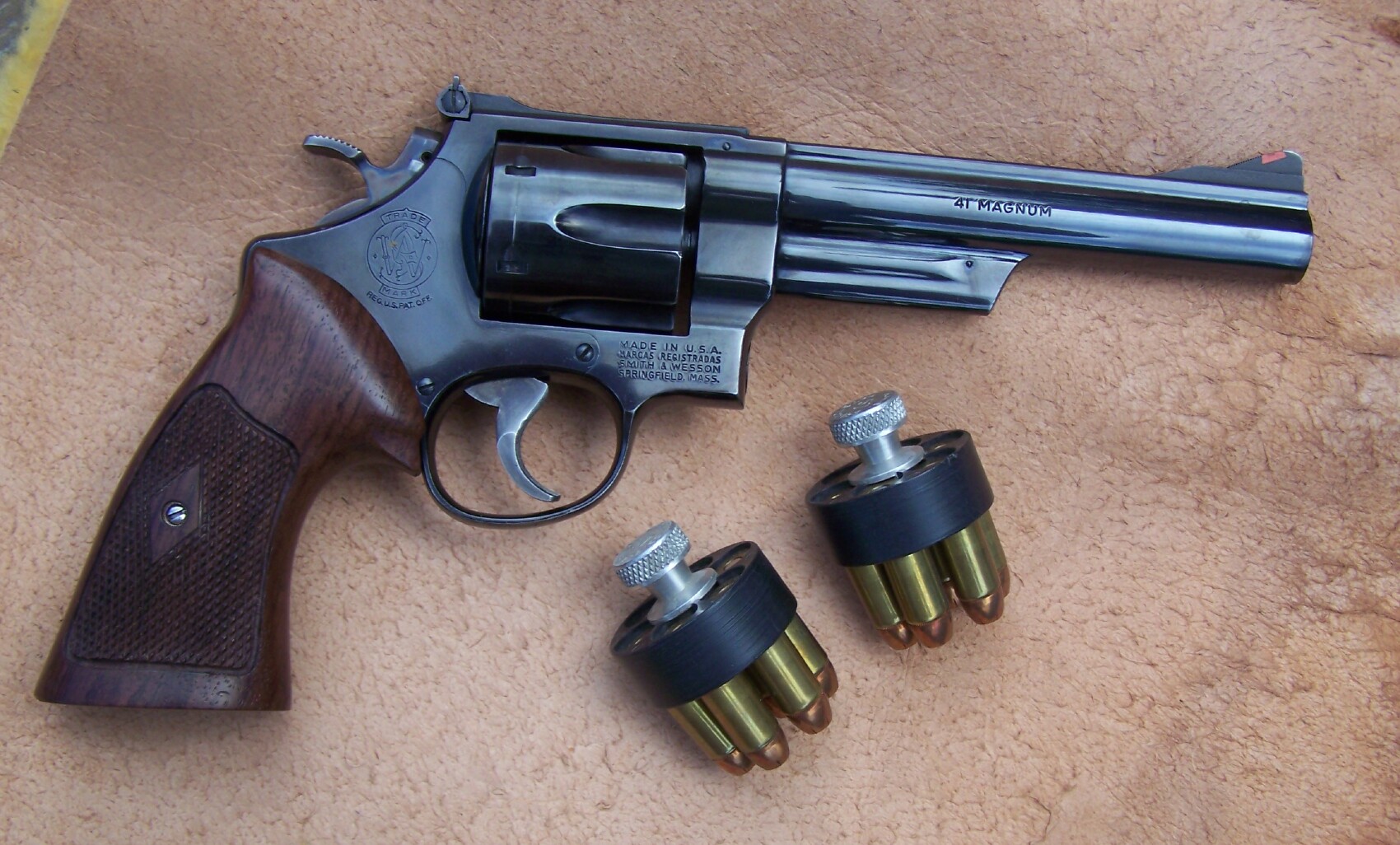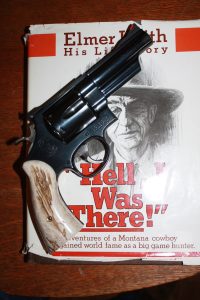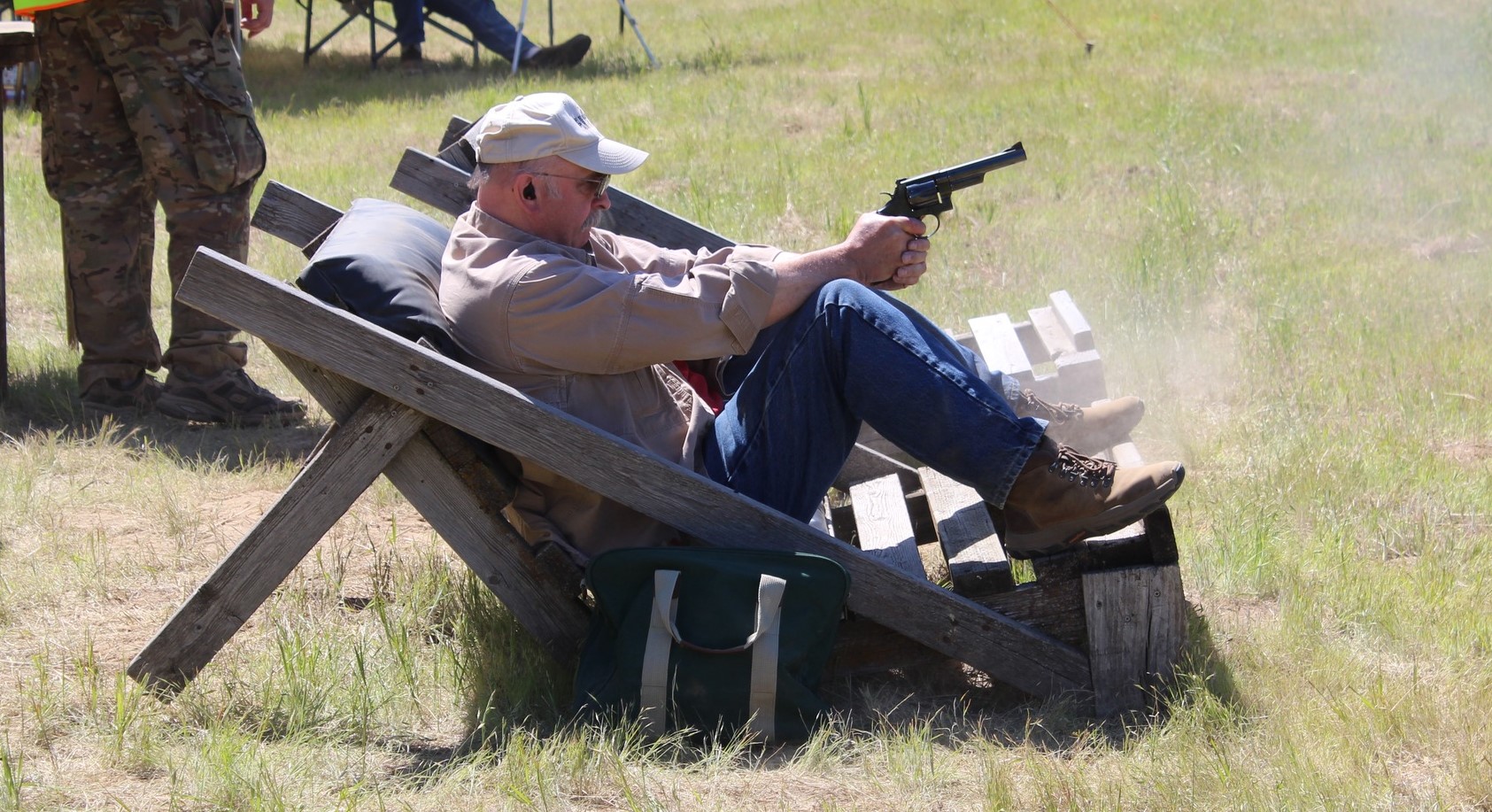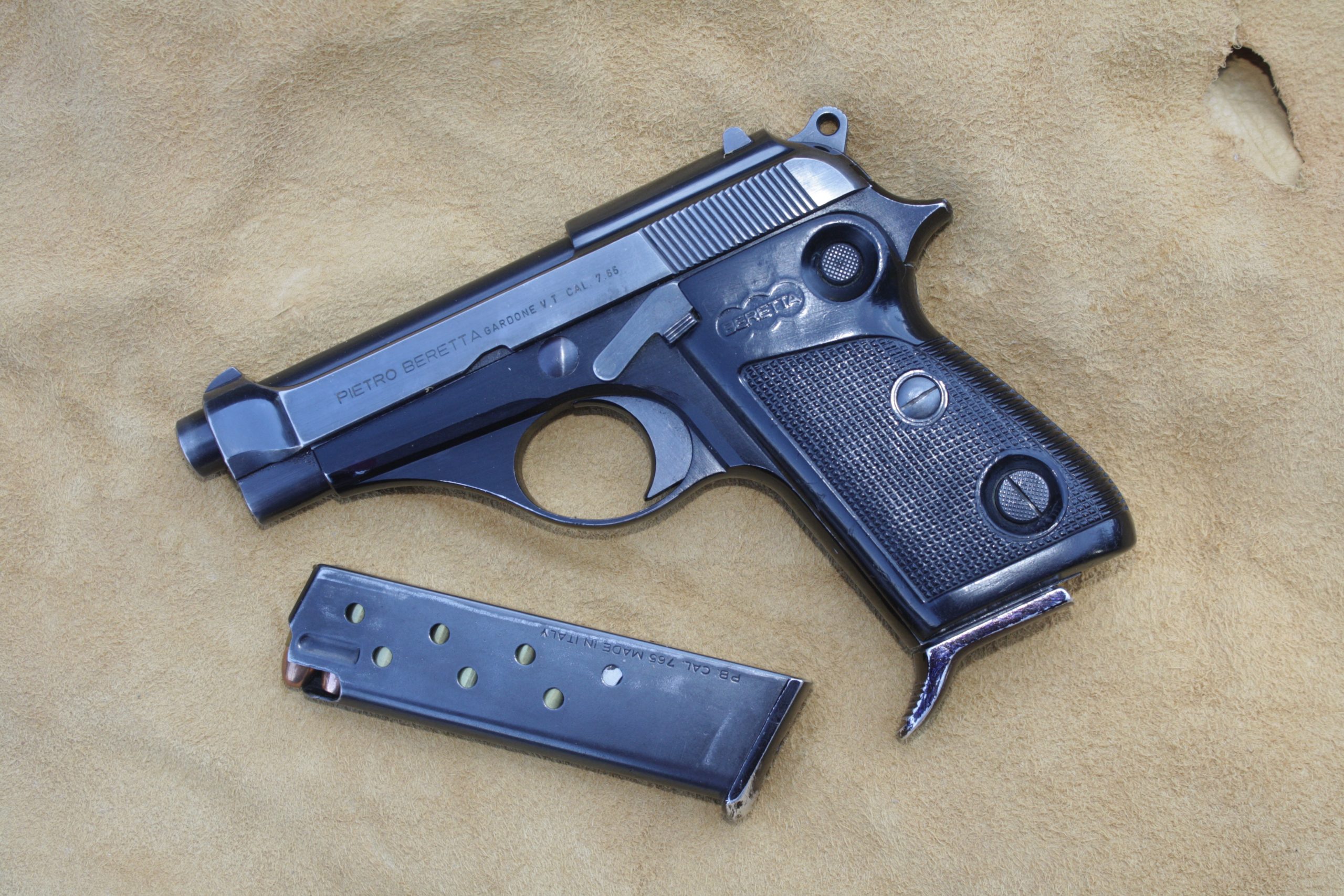
By Dave Workman
Editor-in-Chief
For the past seven decades, a controversy has surrounded the published report—some people dismiss it as a wild claim—by the late Elmer Keith about an estimated 600-yard shot he made on an Idaho mule deer buck with a Smith & Wesson double-action .44 Magnum revolver using only the factory “iron” sights.
The revolver had a 6 ½-inch barrel, and Keith at some point replaced the factory wood grips with ivory grips. He was a smaller man, standing about 5 feet, 6 inches, but he left a big footpint in the shooting world, thanks largely to his work with sidearms and large-caliber rifles.
Keith was an extraordinary handgunner and many consider him the “father” of long range handgun shooting. He was largely (though not entirely) responsible for development of the .44 Magnum and .41 Magnum cartridges and was involved in development of the .357 Magnum.
Keith’s critics also accuse him of having been an extraordinary B.S.er, but among people familiar with his handgun prowess, as well as .44 Magnum ballistics, there seems to be no question at all that Keith made this controversial shot, or shots, because later examination of the dead buck revealed two wounds and a bullet fragment, things which cannot be fabricated.

Writing in his column at American Handgunner, author Jeff “Tank” Hoover has touched on this story anew, observing, “One of Elmer Keith’s greatest and most controversial acts is the alleged shooting of a running mule deer buck at 600 yards. Are you kidding me?! No one can do that! For the record, I have no doubts of the authenticity or accuracy of those shots. We’re all born with given gifts; Keith’s was shooting a sixgun.”
Anyone who writes about Keith invariably has to at least touch on this remarkable feat of handgun shooting. One of the better discussions of the .44 Magnum development was published a couple of years ago in GUNS magazine, by veteran handgun authority and author John Taffin. He knew Keith, and offered details on the evolution of the .44 cartridge which many—including myself—didn’t previously know.
Keith was hunting, as Hoover recounts, with a fellow named Paul Kriley, in the Idaho high country. This occurred back in the 1950s. They spotted a couple of nice bucks, and Keith was armed only with the .44 Magnum, while Kriley had a .300 Magnum rifle. Kriley shot the aforementioned buck at a distance of about 500 yards, wounding the animal, and Keith asked if he could take a shot, apparently so as to not let the injured buck escape.
When I discussed this incident back in December, I quoted Keith from his autobiography, “Hell, I Was There!”
“I held all of the front sight up, or practically all of it,” Keith wrote, “and perched the running deer on top of the front sight and squeezed one off. Paul said, ‘I saw it through my scope. It hit in the mud and snow right below him.’”

“Keith readjusted his sight picture by holding ‘all of the front sight up and a bit of the ramp, just perched the deer on top. After the shot the gun came down out of recoil and the bullet had evidently landed. The buck made a high buck-jump, swapped ends, and came back toward us, shaking his head. I told Paul I must have hit a horn.’”
Perhaps the biggest mystery about this shot is that anyone who paid much attention to Keith’s writings over the years would doubt he did it.
Over the past 20 years, a small but devoted group of long-range handgunners has gathered in eastern Washington for a purely invitational event known as the “Elmer Keith Memorial Long-Range Handgun Shoot.” Having attended several of these matches, I can personally attest to the ability of certain folks to launch bullets at a target approximately 600 yards away and actually hit it. This takes some doing, whether shooting a .44 or .41 Magnum, which may include “walking” shots up to the deer-sized target.
Many decades ago, using a small Beretta semi-auto in .32 ACP, I personally managed to repeatedly hit a stump on the far side of a canyon—a distance of at least 125-150 yards—while shooting with a buddy one summer afternoon, from whom I’d bought the pistol. We were both amazed the tiny .32-caliber bullet would accurately sail that far, and misses were easily observed by dust kicking up around the stump. Did I mention this pistol has fixed sights?

So, launching a much heavier bullet with a lot more horsepower a greater distance, and hitting the target, has never seemed far-fetched, as I’ve managed to do it on occasion with bigger guns.
Hoover, and respondents to a Facebook link to his article, have concluded (same as me) that Keith’s controversial shot was entirely plausible, and as a result, should not be controversial at all.
Still, there are doubters, which is always at the root of healthy discussion about something which many people find simply incredible. But it must be remembered that Elmer Keith came from a different time, when doing what might seem impossible today was perhaps considered no big deal for a fellow who grew up tinkering with handguns, learning downrange bullet characteristics by simply watching, and burning a lot of powder in the process.



